Introduction
Venturing into the backcountry is an exhilarating experience, but it comes with its own set of risks. Whether you’re a seasoned hiker or a novice explorer, carrying the 10 Essentials can make a critical difference in your safety and survival. Let’s delve into why each item is indispensable and how it contributes to your well-being in the wild.
1. Navigation

Map, Compass, and GPS
- Why It’s Essential: The wilderness is vast and disorienting. Navigation tools help you find your way and avoid getting lost.
- Pro Tip: Always carry a physical map and compass as a backup to your GPS device.
2. Sun Protection

Sunglasses, Sunscreen, Hat
- Why It’s Essential: Exposure to the sun can cause sunburn, snow blindness, and long-term skin damage.
- Pro Tip: Choose broad-spectrum sunscreen with at least SPF 30 and reapply regularly.
3. Insulation

Extra Clothing
- Why It’s Essential: Weather conditions can change rapidly. Extra layers can keep you warm if temperatures drop unexpectedly.
- Pro Tip: Pack a lightweight, insulated jacket and thermal layers even if the forecast is favorable.
4. Illumination

Headlamp or Flashlight
- Why It’s Essential: Darkness can fall quickly in the backcountry. Proper lighting helps navigate and set up camp safely.
- Pro Tip: Carry spare batteries or a backup light source to ensure continuous illumination.
5. First Aid Supplies

First Aid Kit
- Why It’s Essential: Injuries can happen at any time. A well-stocked first aid kit allows you to treat minor wounds and stabilize more serious injuries until help arrives.
- Pro Tip: Customize your kit to include items specific to your health needs and the environment you’re exploring.
6. Fire

Matches, Lighter, and Fire Starters
- Why It’s Essential: Fire is crucial for warmth, cooking, and emergency signaling.
- Pro Tip: Store matches and a lighter in a waterproof container to ensure they remain functional.
7. Repair Kit and Tools

Multi-tool, Duct Tape
- Why It’s Essential: Equipment can fail. A repair kit allows you to fix gear and handle unexpected issues.
- Pro Tip: Include a multi-tool with a knife, pliers, and screwdriver to address a variety of needs.
8. Nutrition

Extra Food
- Why It’s Essential: Having additional food can sustain you during unexpected delays.
- Pro Tip: Choose high-energy, non-perishable snacks like nuts, dried fruit, and energy bars.
9. Hydration

Extra Water and Water Treatment
- Why It’s Essential: Dehydration can impair your physical and mental capabilities. Extra water ensures you stay hydrated.
- Pro Tip: Carry a water filtration system or purification tablets to treat natural water sources.
10. Emergency Shelter

Tarp, Bivy Sack, or Space Blanket
- Why It’s Essential: In case you’re caught in unexpected weather or need to spend a night out, emergency shelter provides vital protection.
- Pro Tip: Choose lightweight, compact options that are easy to carry but effective in providing shelter.
Conclusion
Carrying the 10 Essentials is more than just a checklist—it’s a commitment to safety and preparedness. Each item plays a pivotal role in ensuring you’re equipped to handle the challenges of the backcountry. Before you head out on your next adventure, double-check your pack to ensure you have these critical items. Stay safe and enjoy the beauty of the wild!

 If you are an international customer, please
If you are an international customer, please 
 Get cooking tips, stories, and news about products and events by
Get cooking tips, stories, and news about products and events by 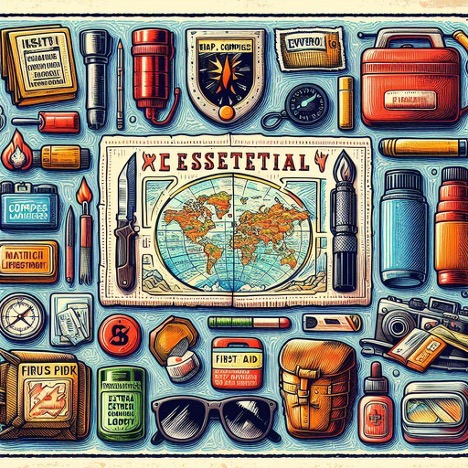
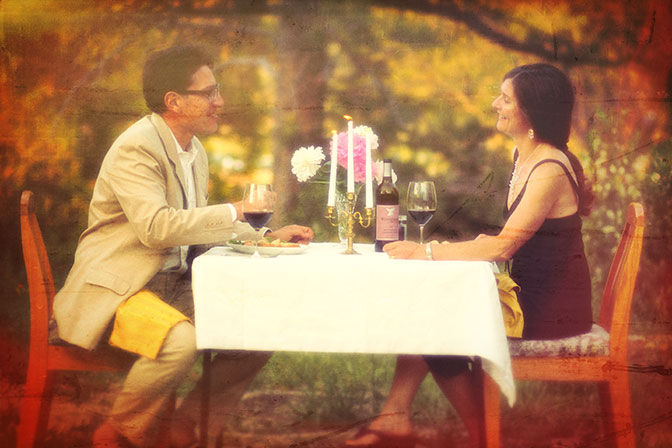

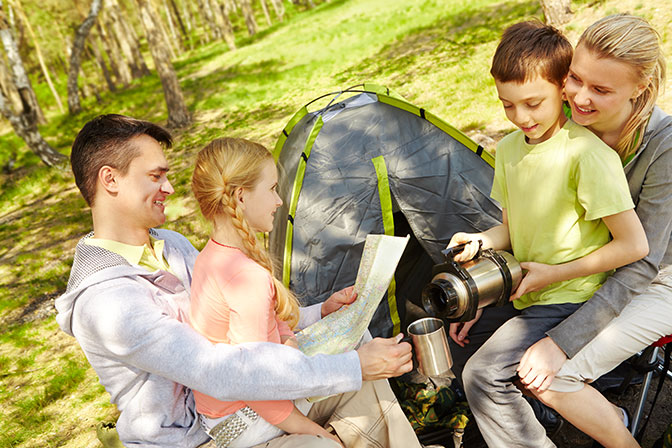
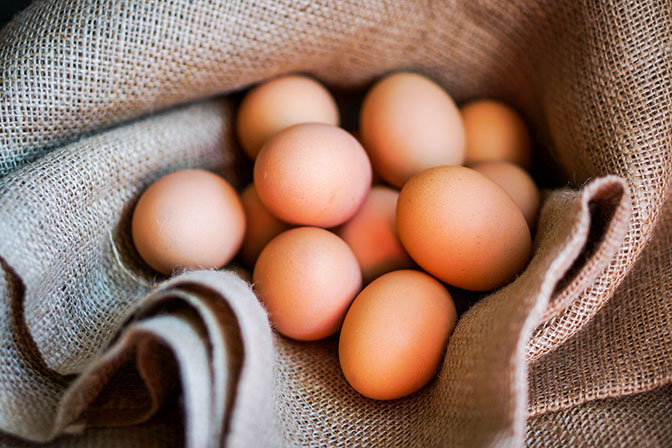
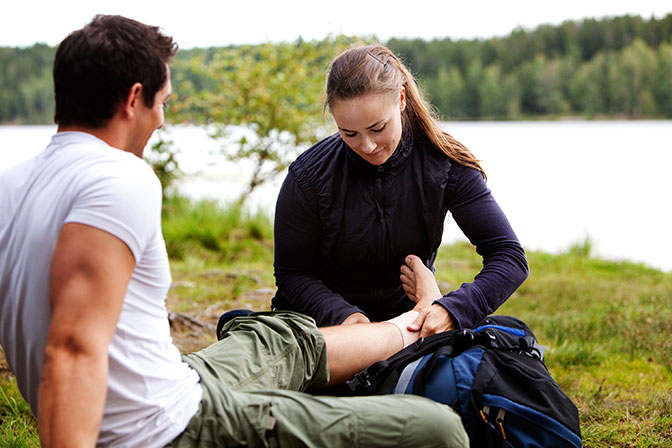
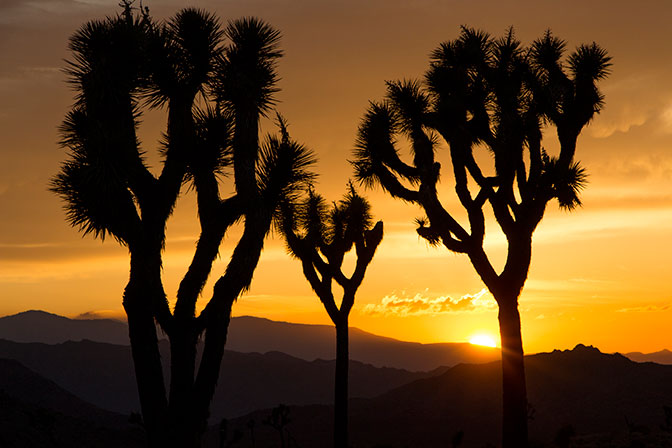


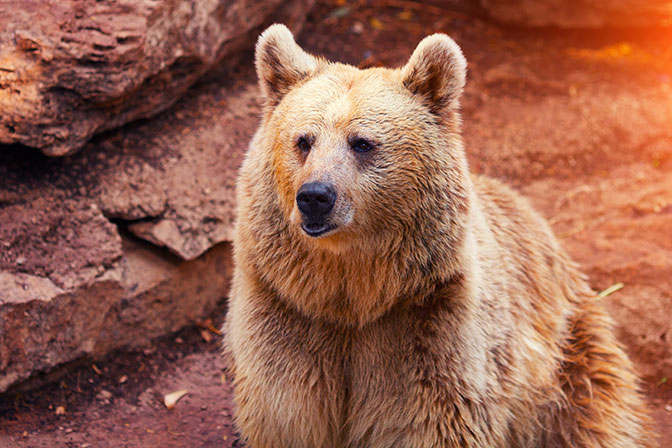
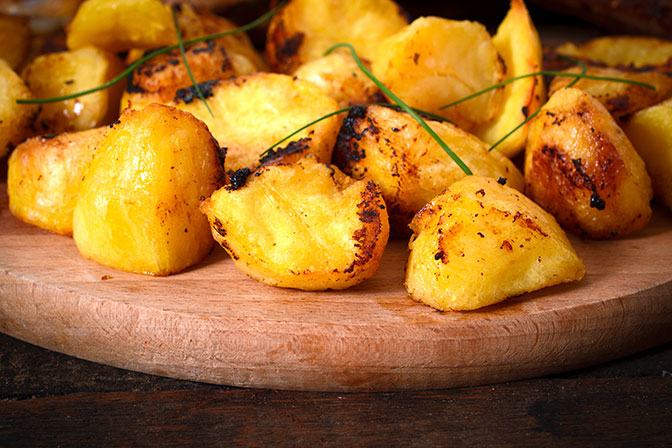
 Want to find out more about our products or speak directly with us? No, problem! Fill out our
Want to find out more about our products or speak directly with us? No, problem! Fill out our